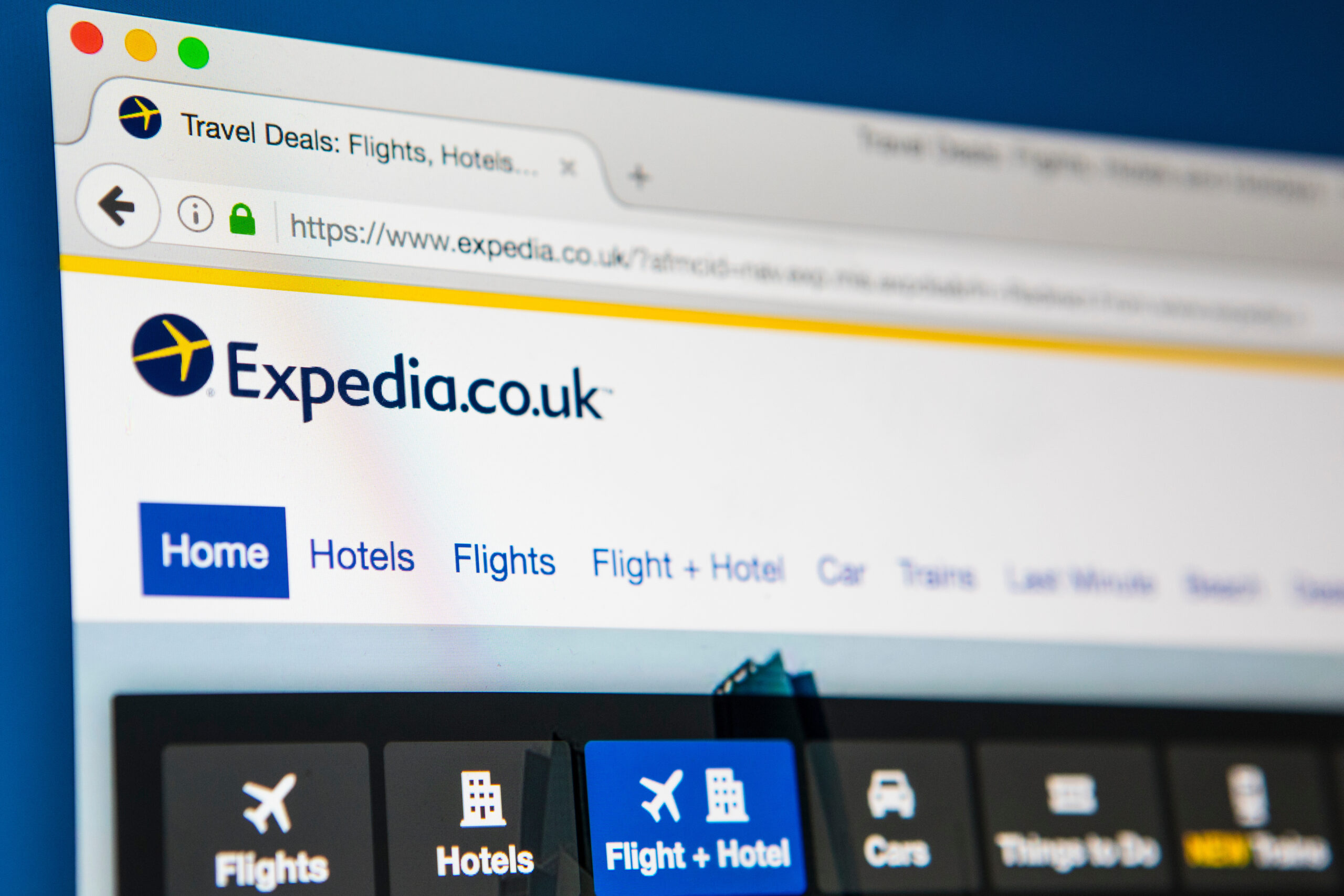Travel
Why Expedia’s travel media network launch is different – The Media Leader

Expedia Group has became the latest company to launch its own media network for advertisers.
The “travel media network” will leverage first-party data from across the online travel agency including Vrbo, Travelocity, and Orbit.
The online travel agency group will also be a focus on building a programmatic advertising data business.
Analysis: a wave of ‘non-retail’ media networks
Retail media is clearly “big business” now not just for retailers, but also travel operators and other players.
Delivery companies like Deliveroo alongside financial entities like Revolut have been launching their own ad networks over the last two years.
Sean Crawford, managing director of retail media specialist agency Threefold (part of the SMG network), told The Media Leader that out the likes of Uber and Marriott were “already well established” in the space, and stressed travel advertising or “partnership marketing” between hotel groups, airlines, travel and car companies “is not new”.
However, Expedia’s travel media network is different.
Crawford explained: “Some might look at this as just a rebrand. We would argue however that the difference with Expedia’s retail media network is that there is much greater capability with the opportunity to use Expedia’s valuable first party data.
“Not many travel companies are offering this (yet) and so they certainly can leapfrog the competition with a compelling offer.”
When asked which other companies might follow the lead of Expedia Group, Crawford revealed United Airlines will be launching a retail media network “later this year” with “some really innovative solutions yet to be seen in the market”, so he expected other airlines to follow suit.
He also added that it would “not be surprising” to see “other major travel groups” move to a media network solution. Following the success of networks from traditional retail spaces like Roundel by Target in the US and Boots Media Group in the UK, he described “a wave of ‘non retail’ networks emerging”, like the recent launch of Chase Media Solutions.
He added that the retail media networks that “will succeed” will be those who offer advertisers incremental audiences via first-party data capabilities, “robust transparent measurement” of media performance and, most importantly, an “enhanced end customer experience”.
Pete Robins, media planning consultant, described Expedia’s travel media network as “retail media ish” and “much more like Amazon” as it was digital-only, rather based on physical distribution, and focussed on non-endemic brands.
He stressed that the travel market was “huge outside of advertising in terms of deals” and that travel brands have been advertising on travel sites “for as long as I can remember”, but travel company data “could be useful” and so off-site could be Expedia’s “bigger incremental opportunity” depending on their approach.
Robins added: “But for all non-endemics you need to really think if the data is bang on for your buy even for adjacent categories. They, of course, make significantly less margin doing that than onsite, but onsite buying could be a less relevant ‘media/ad’ moment if somebody’s trying find a flight unless it’s super relevant.”
Crawford highlighted media networks from traditional retailers like Boots, Morrison’s and Asda make more than 90% of their ad revenue from endemic brands and can leverage a physical store to drive demand, which is something “a pure ecomm player” like Expedia will not be able to do.
Pointing to a GroupM forecast which put retail media revenue ahead of combined linear and connected TV by 2028, Crawford said: “I would argue there is plenty of demand to go around, but the market is becoming increasingly competitive, especially for non-endemic brands. Non-endemics have the entire advertising ecosystem to choose from; traditional mediums like TV & OOH through to programmatic & social, and now, retail media networks.”








